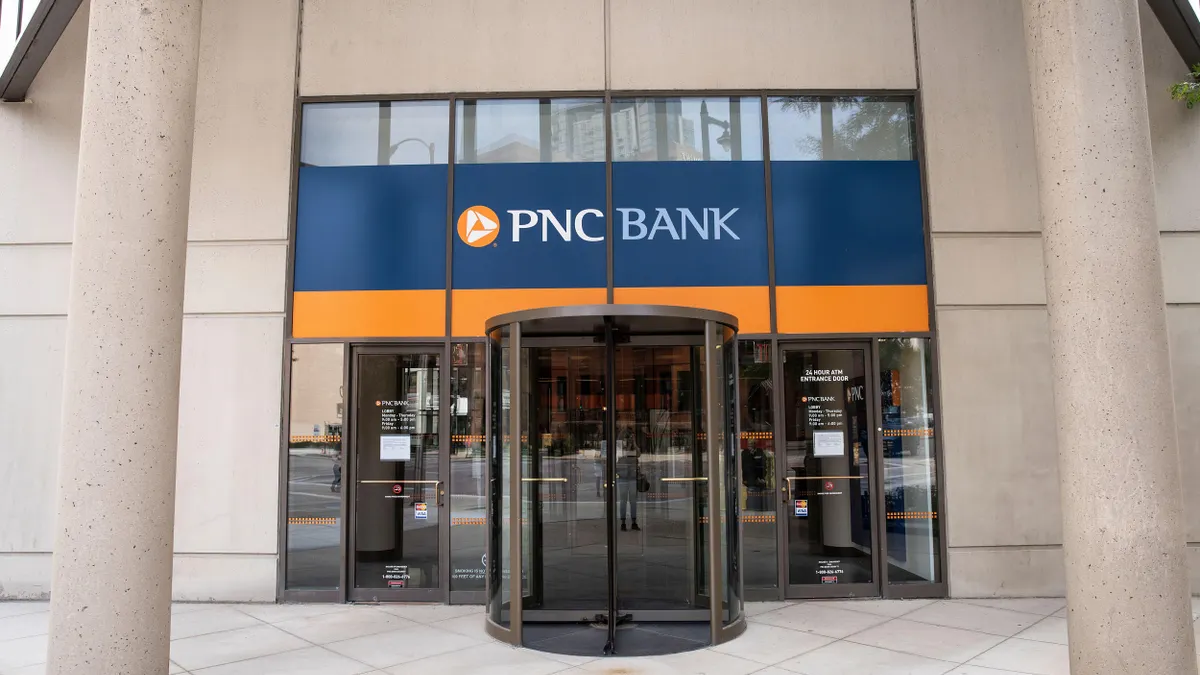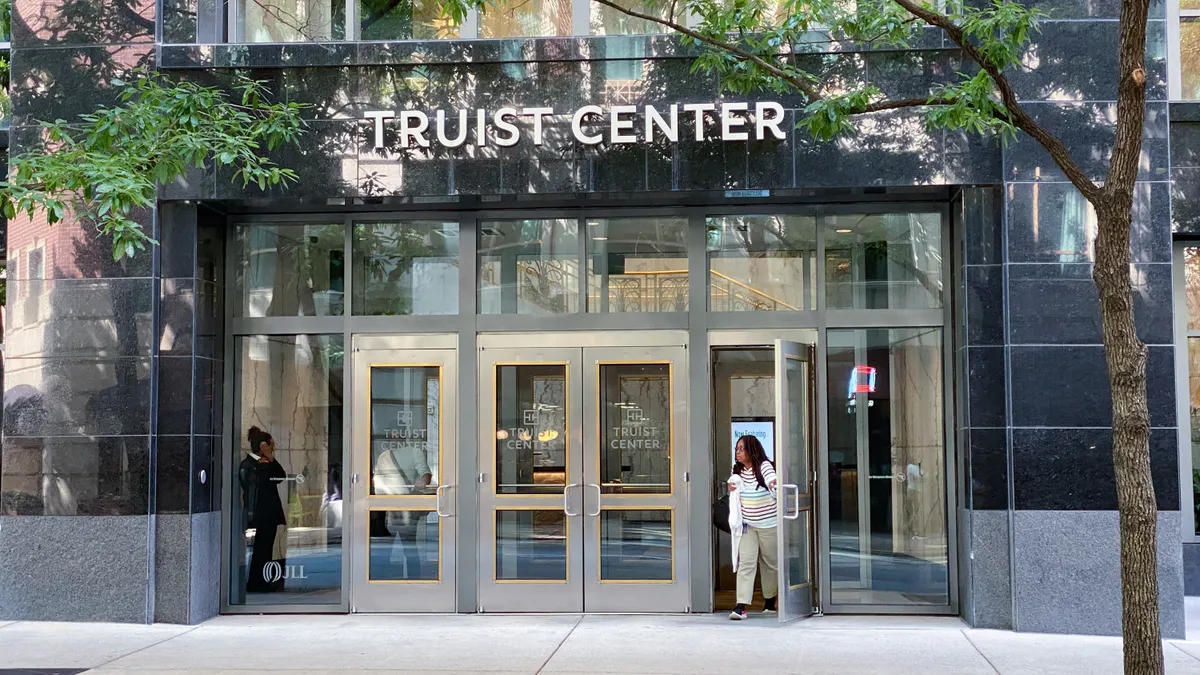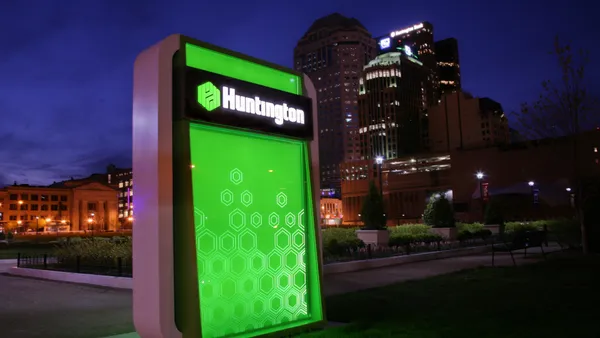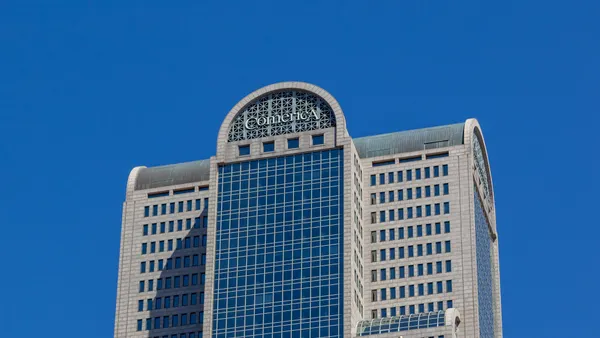UPDATE: June 11, 2020: Citi has started notifying 5% of its 64,000 U.S. and Canadian employees that they’ll be returning to the office July 1 or 2, a bank spokeswoman confirmed in a statement emailed to Bloomberg.
“We will closely monitor how the health and safety measures we are putting in place are working as well as the conditions where our sites are operating before asking more colleagues to return,” the spokeswoman, Jennifer Lowney, wrote in the statement.
The bank is planning to maintain staffing at 5% through Labor Day, assessing the results, then increasing capacity toward 30%, a person with knowledge of the plan told the wire service.
Traders who work at Citi’s Tribeca headquarters and operations staff in the bank’s Tampa- and Jacksonville, Florida-based consumer unit are among the workers affected, the source said. Managers have sought volunteers but reiterated that no one will be forced back to the office, the person said.
July 1 would be the start date for U.S. employees. Canada-based workers would start a day later because of a national holiday.
The news comes a day after Goldman Sachs announced it would begin returning staff incrementally June 22 to its New York, Jersey City, Dallas and Salt Lake City offices.
Dive Brief:
- Citi hopes to return about 5% of its 12,000 Manhattan headquarters-based employees to the office in July or August, CEO Michael Corbat told Bloomberg on Thursday.
- Corbat said many of the concerns he's heard recently are less about the office environment than the journey there. "The conversations that I’m having are much more about the commute in urban areas, it's getting on the train, it's getting on the subway, it's getting on the bus and it's probably less about the workspace," Corbat said. "The biggest hurdle we're going to have is not getting people to operate in the office, it's getting them to the office."
- Corbat is the first CEO of a U.S.-based systemically important financial institution to publicize a timetable for returning to domestic offices. Specifics have otherwise been sparse: Capital One CEO Richard Fairbank wrote in an internal memo this month that its U.S., U.K. and Canada offices would remain closed to non-essential personnel at least through the Labor Day holiday Sept. 7.
Dive Insight:
Most big banks have held off on setting a return date for U.S. offices, and many are in no rush. Bank of New York Mellon CEO Todd Gibbons told an investor conference Friday that the bank may encourage some of its staff to work from home more often after the pandemic as a way to cut costs. Similarly, JPMorgan Chase Co-President Daniel Pinto said this month that some of the bank’s staff could work from home on a rotational basis more permanently.
By contrast, Corbat followed up his Thursday comments, telling an investor conference Friday, "Our goal is to get our employees back."
Corbat is likely to give more guidance in the coming weeks as areas recover from the coronavirus outbreak. "You are not going to wake up one morning or one evening and see an email come in saying 'Come back to work tomorrow,'" Corbat told an online town hall of employees in more than 50 countries last month, according to Bloomberg.
That tracks with Capital One's approach. Fairbank said he would give employees a six-week heads-up once the bank decides to reopen its offices.
Additionally, the reopening time frame and procedure would vary from office to office. "It's going to be driven by data, it's likely to be slow, it's going to be granular, site-by-site and within those sites, job-by-job," Corbat said Thursday.
Citi spokeswoman Jennifer Lowney backed up that sentiment in a statement. "We anticipate a slow and measured reentry once local conditions permit, beginning with only a small number of colleagues who have a clear and compelling need to operate from a given location," she said, according to Reuters.
Some of the bank's 5,000 London-based employees are set to return to their offices next week in an effort to repopulate them to 10% capacity. Citi recently increased staffing to 50% in Hong Kong offices.
However, some middle managers in Citi's trading division discussed a number of scenarios, including keeping half of staff members remote until December, Bloomberg reported last month. The bank won't necessarily reopen offices just because local authorities issue an all-clear, Citi's president, Jane Fraser, wrote in a LinkedIn post in April. "We will continue to prioritize the safety of our employees, customers and communities," she said. "That may mean being more cautious than the guidance of a city, state or country."
Citi has kept a few hundred essential employees on site in New York since mid-March, but it is also considering short-term leases for furnished space in New York suburbs on Long Island and in New Jersey and Westchester County — particularly as some employees may be uncomfortable getting on mass transit until a vaccine is developed.
"Nobody knows how that's going to work in a social-distancing world," Brandon Huffman, a principal at Rubenstein Partners, which owns offices in Connecticut and northern New Jersey, told Bloomberg.
Inside the office, big banks face challenges including how many employees to let on an elevator at once, how to limit the touching of common surfaces such as door handles and elevator keypads, and how to curb the risk of transmission in high-traffic areas such as lobbies, cafeterias and coffee stations. Further hurdles include whether and how to redesign office space so co-workers aren't seated too closely together.
“There will be a long-term adjustment in how we think about our location strategy," Barclays CEO Jes Staley said last month. "The notion of putting 7,000 people in a building may be a thing of the past.”
JPMorgan Chase said it may station attendants outside elevators to help push buttons, so fewer workers would, Bloomberg reported. Goldman Sachs is exploring ways to open doors without contact, including putting out towelettes that can be used to touch handles and then discarded upon entrance or exit.
JPMorgan said last week it sees its offices staffed at no more than half of capacity for the foreseeable future. Goldman Sachs has floated a scenario wherein reopening may start with 20% of employees in the office, then 30%, 40% and 50%.
Regardless of how it reopens, Corbat said Thursday that Citi is preparing for a "slower-growth environment for an extended period of time." The bank set aside $4.9 billion in loan-loss reserves in the first quarter.












